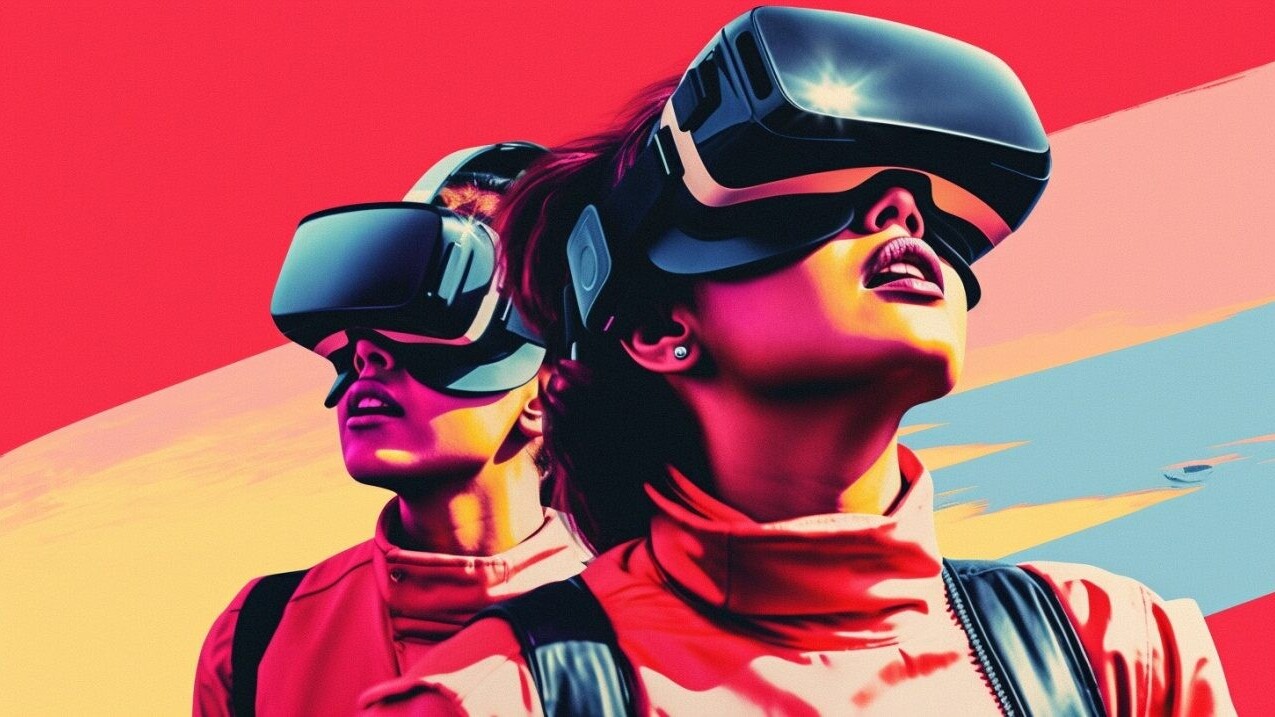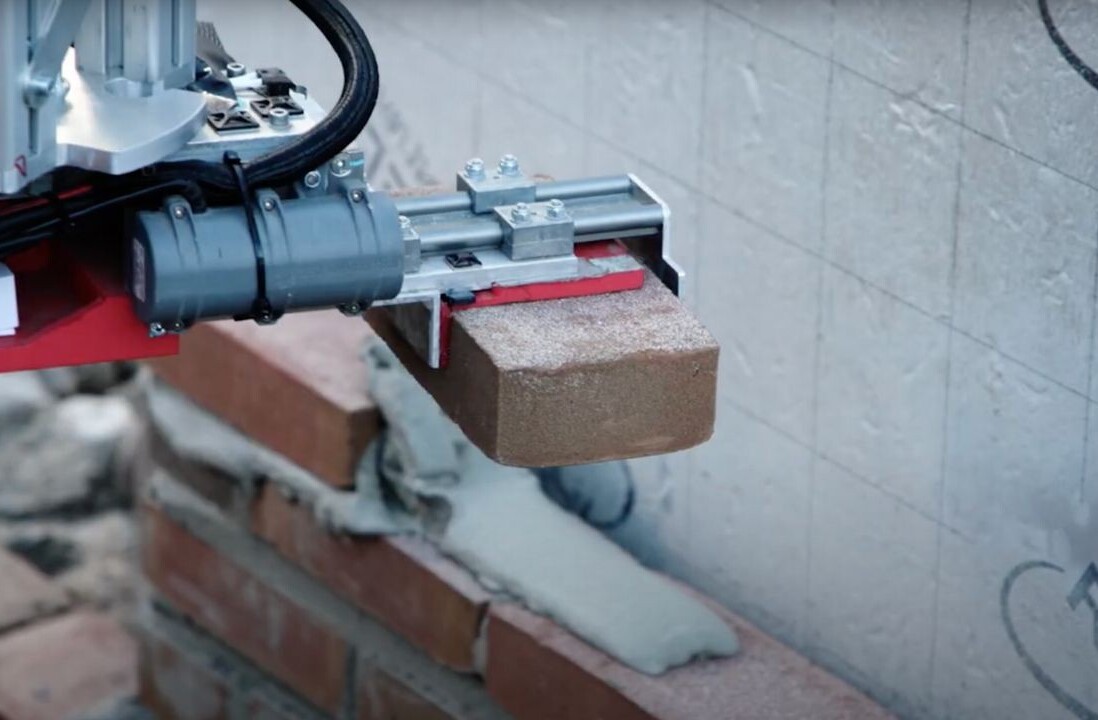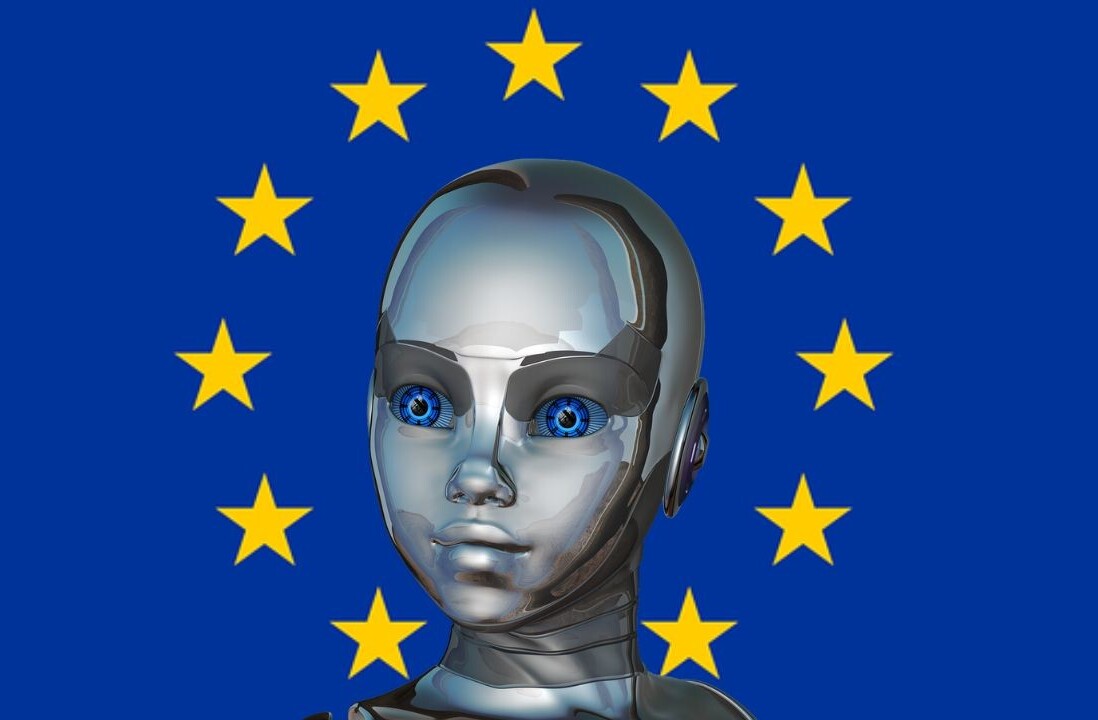
Apple is a sector definer. While the company rarely creates entirely new products, its hardware ends up being the baseline other devices are measured by. You only need to look at how the iPod, iPhone, and iPad defined what people expect from MP3 players, phones, and tablets.
Now, Apple is hoping it can repeat this trick with an entirely new product: its rumoured VR/AR headset, expected to be announced on June 5th.
This is a huge moment for not only the company, but the European extended reality (XR) sector as a whole. While Apple has had some successes with products like the Apple Watch, it’s not released anything in recent years that has grabbed the world by the scruff of its neck in the way, say, the iPod did.
With its VR/AR headset, the Cupertino giant is on the brink of jumping into an entirely new industry, one that could either reinforce or destroy its reputation as a sector definer.
And for European XR companies? Apple’s hardware has the potential to do miraculous things. To find out exactly what and how, we spoke with several European companies — but before we get there, let’s spend some time analysing what’s actually happening with XR on the continent.
The state of extended reality in Europe
There are two sides you need to consider when looking at mixed reality in Europe: the consumer and the professional.
Let’s begin with the former. Various studies have found the European public are largely nonplussed about virtual reality and the metaverse — two of the current biggest elements of XR. This is something I’m certain many of us have experienced colloquially. It feels as though most people are generally unexcited by extended reality; hell, even those I know with headsets seem to stop using them quickly.
Where the consumer side of XR seems jaded, things are very different on the professional front. These sectors drive the majority of growth in the extended reality market, with the healthcare, industrial, and education sectors embracing the technology wholeheartedly and rapidly.
To put it another way, professional sectors have found uses for XR in Europe — while consumers are still waiting for a reason to adopt the technology. Despite this separation between the two markets, analysts are united in believing the continent’s XR market is about to get bigger. Much bigger.
According to Statista, the AR and VR market in Europe was worth $2.8 billion (€2.61 billion) in 2021. By 2025, this is expected to hit $20.9 billion (€19.4 billion), a 7.5x increase over four years.
This places consumer-focused European companies in the sector in a precarious situation. There’s potential to make a lot of money, but no guarantee that the public will actually embrace the technology.
An Apple-sized gamble
“The magnitude of the opportunity is enormous, but there’s a real risk that the technology could just not take off,” Leo Gebbie — Principal Analyst of Connected Devices at CCS Insight — tells TNW. “We’ve seen Meta pour billions of dollars into VR and the metaverse in recent years, but the technology has failed to inspire the masses.”
When I asked Gebbie why this is the case, he pointed to one major cause: “a lack of killer apps.”
The B2B XR market is growing because those tools have a clear use case, thinking training for surgeons or drivers. The thing is, that’s not the market Apple is after. It wants to put headsets into the homes of the public at large and, with no clear use cases for the public, Apple is taking a gargantuan risk.
The question, then, is what impact this dice roll will have on European companies already working in the sector?
More eyes means more money
There was one common response across all the companies TNW spoke with for this article: the release of Apple’s AR/VR headset will bring a lot of attention to the industry — and that will have financial implications for everyone.
“We expect it to have a substantial impact on the XR space,” Jerome Botbol — the Group Head of Immersive at Happy Finish, a creative production agency — says to TNW. When you consider Apple’s track record, especially when it comes to products that “command market share and drive adoption,” the headset could be “a major milestone for the industry.”
This is coming from a consumer perspective — precisely the market Apple’s headset will be targeting — as, generally, Happy Finish creates immersive experiences for the public on behalf of B2C clients.
But will it have the same impact on the B2B sector? Or will things be different?
I put this question to Jakob Way, the CEO of Gleechi, a Stockholm-based development company making VR training software. So far, Gleechi has raised close to €5.5 million in funding.
“The launch of Apple’s VR/AR headset holds tremendous potential for our industry,” Way says. “Apple has a history of disrupting markets, and their entry into the VR/AR space could have a transformative effect.”
Way continues, telling me that an Apple headset “could have a significant impact on the adoption and mainstream acceptance of [XR] technologies.”
Apple creating a consumer-focused VR/AR headset will pay dividends for the professional market too. In fact, it will be beneficial for the European industry as a whole, as it increases the knowledge and understanding of the technology across a wide spread of people.
Gebbie from CCS Insight confirms this though: “The VR industry would welcome an Apple entry into the market as it would immediately drive interest and investment from all quarters.”
In other words, Apple entering the XR market will deliver a lot more attention, which will turn on the money taps for European companies and startups in the sector, no matter whether they’re consumer or B2B focused.
An antidote for developer woes
While attracting more eyes to XR in general will be a boon for the European industry, another interesting advantage of Apple’s headset will be the reaction it’s likely to inspire from developers.
As Gebbie previously mentioned, one of the big issues impacting the progression of the consumer XR space in Europe is “a lack of killer apps.” One way this could be remedied is bringing more developers into the fold.
Max Kraynov — Group CEO of FunCorp, an app development company — tells TNW that Apple entering the market could alter the talent balance in the industry. “Another major player providing a platform to develop on” makes it “highly likely” that the industry will see “a spike in VR software development, and talent procuring/nurturing.”
This is something that Gebbie from CCS Insight also believes, saying that “developers who may have stayed away from VR so far due to the small size of the market are likely to show willingness to work with Apple given the potential for a headset from the company to sell in volume.”
The swell in interest that Apple entering the market will cause may motivate European developers who previously didn’t see the point in developing XR applications, or thought the sector was merely a flash-in-the-pan. But when the Cupertino giant gets involved, that’s a signal to professionals everywhere that there may be a shift afoot.
User experience: A helpful baseline
Apple “has a habit of redefining expectations around a technology and turning new ideas into smash hit products,” Gebbie tells TNW.
As previously discussed, one of the things Apple is most famous for is taking pre-existing devices and giving people a reason to use them. Generally, it has achieved this by creative thinking, attention to user experience, and delightful form factors — a trio of points that the XR industry has historically struggled with.
“The problem we’ve had so far is that people put on a headset, and may have only experienced content that was created by enthusiasts, not professionals,” Matt Littler, CEO and founder, ARK Immersive, a VR production house, says. “There [is] no governance, cinematic language, or real stringent base to build an experience from, which leaves people not wanting to do it again.”
Apple excels at these factors. The company “creates compelling use cases that provide purposeful experiences,” Littler says. “Immersive optimisation is about to begin.”
These factors — and particularly the focus on user-centric design — are key in encouraging consumers to overcome their distrust of extended reality.
Consider the advent of smartphones. At the beginning of the sector’s journey, there were a myriad of different designs and user experience languages. Yet, with the iPhone, Apple effectively defined the way handsets should operate — many of these elements being adopted by other manufacturers along the way.
The hope for European XR developers and creators, then, is that Apple’s headset provides a baseline user experience and design language. This may then not only draw the public towards XR as a whole — as the benefits of using it will be clearer — but also provide structure for those making software and content in the space on the continent, something that will benefit B2B applications too.
Will it be all rainbows and stardust?
While we’ve seen that developers and creators of XR content in Europe are likely to benefit from Apple’s headset, one element we haven’t discussed are the businesses making competing hardware.
On first inspection, one would assume Apple’s entry would be negative, with the company usurping those companies’ user bases and gobbling up market share. But is this the case? We put this to Varjo, a Finnish company making advanced VR headsets. To date, it has received over $165.8 million (€154.58 million) in funding over ten rounds.
“Varjo is the only company currently offering high-fidelity video passthrough technology, similar to what Apple is rumoured to be using,” Timo Toikkanen, Varjo’s CEO says. This, he tells TNW, is a validation of his work — and a technology that will be “the winning approach [to XR headsets] for a very long time.”
Where Toikkanen is particularly positive though is in how Varjo’s target audience differs from that of Apple’s.
“Instead of trying to go after consumer applications that are untested and unproven, we’ve built a whole market around advanced professional use cases,” he says. “Today, already 25% of Fortune 100 companies are using our products.”
Once again, the separation between consumer and professional XR rears its head.
If B2B-centric XR companies like Varjo are unworried about any negative impact Apple’s headset might have on their own hardware, what about other companies making consumer-focused VR/AR devices?
“Apple would pose a direct threat to headset makers already in the market, such as Meta and Pico,” Gebbie from CCS Insight says. This could somewhat explain why the former company unveiled its Meta Quest 3 headset merely days before the rumoured announcement of Apple’s device. It’s trying to both remain relevant in the XR hardware discussion and ride the wave of publicity Apple is generating.
Despite this, Gebbie believes that the launch of Apple’s headset could actually benefit businesses like Meta, saying that “this negative [threat] would likely be offset by a swell in interest in VR overall, which would likely help all companies to sell more devices.”
Final thoughts: One headset to rule them all
Whatever happens with the launch of Apple’s headset, it’ll be good for European XR companies —in the short term, at least.
The interest and investment that Apple’s legacy and reputation brings will drag the extended reality market into a previously unseen amount of light. Whether that’s getting more consumer eyes on the market, encouraging developers to get involved, or providing a baseline for XR design language, Apple’s entry will have a positive knock-on effect for any European company in the industry.
At first. Because if Apple’s headset falls flat, the initial spike in attention will swiftly drop, and this failure will likely be seen as a sign that the whole consumer side of the XR industry is untenable. If Apple can’t make a VR/AR headset an attractive proposition for the public, who can?
Of course, there will remain a thriving B2B market for the technology, but this will hardly be unscathed by the potential failure of Apple’s headset. The more money and interest that flows into a product category, the better and more efficient it will become. The reason laptops and phones are so advanced isn’t because they’re good for business, it’s because everyone wants them — and the same goes for XR headsets.
Apple is on a precipice, one that will shape the fate of the whole European XR industry. But, as Littler from ARK Immersive puts it, “If anyone can simplify the process, improve UX and ultimately get your grandma in a VR headset, it’s Apple.”
Get the TNW newsletter
Get the most important tech news in your inbox each week.




